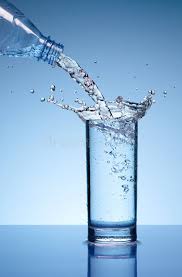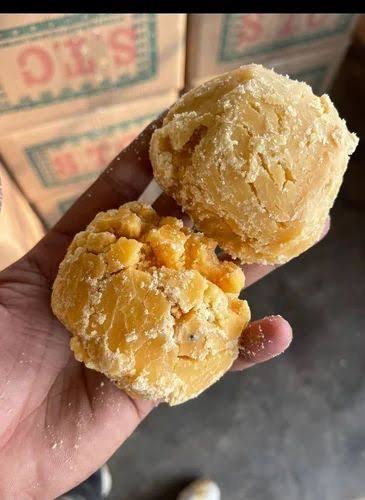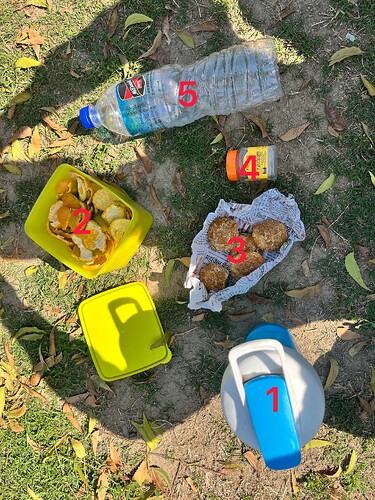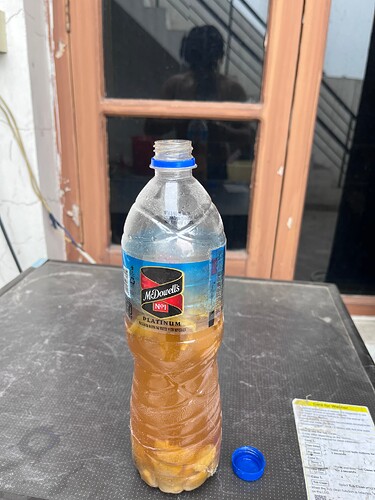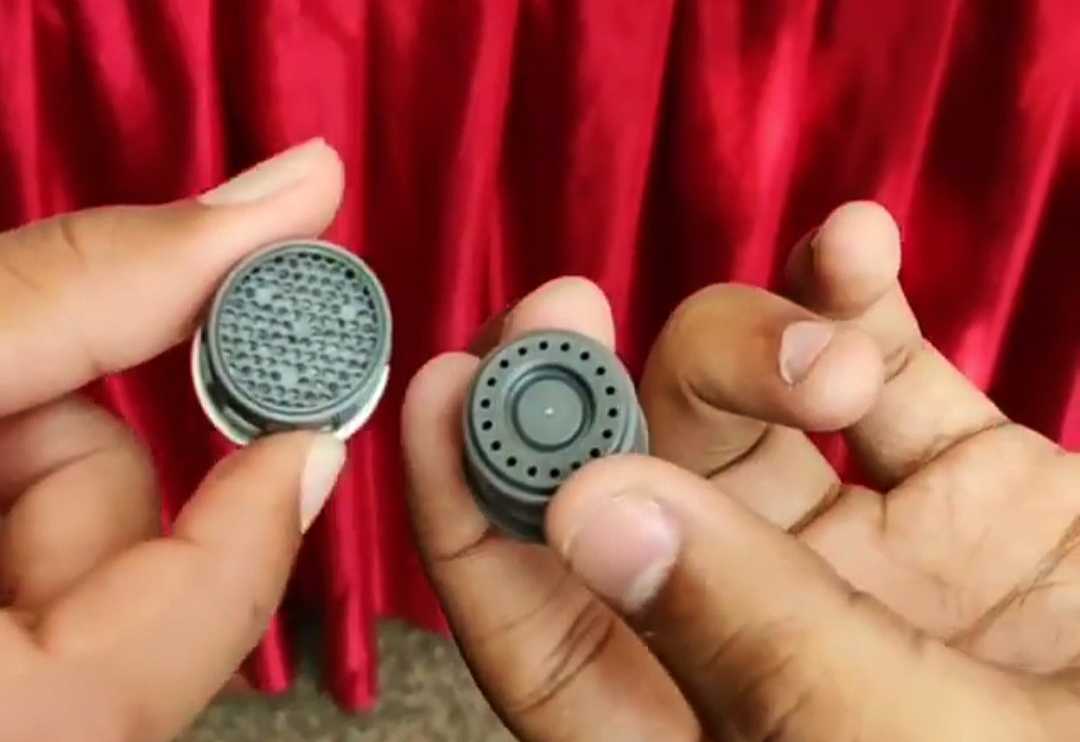![]() From Peels to Purpose: How You Can Turn Kitchen Waste into a Natural Cleaner
From Peels to Purpose: How You Can Turn Kitchen Waste into a Natural Cleaner
A Beginner’s Guide to Making Bio-Enzymes for a Sustainable Lifestyle
Most people throw away citrus peels—orange, lemon, kinnow—thinking they’re useless waste. What many don’t realize is that these peels can be transformed into something powerful and useful: bio-enzymes.
We first heard about this incredible idea at a sustainability seminar led by Ms. Meenal Verma, an environmentalist who’s an Architect by profession. She explained how bio-enzymes work and gave a simple formula: 1 part jaggery, 3 parts citrus peels, 10 parts water. That session planted the seed — and soon, we made our first bottle at home!
This guide is for anyone who wants to turn kitchen waste into something purposeful — a natural cleaner that helps the environment.
⸻
![]() What is a Bio-Enzyme?
What is a Bio-Enzyme?
A bio-enzyme is a natural liquid cleaner created through fermentation using:
• ![]() Citrus peels (orange, lemon, kinnow, etc.)
Citrus peels (orange, lemon, kinnow, etc.)
• ![]() Jaggery or brown sugar
Jaggery or brown sugar
• ![]() Clean water
Clean water
After 3 months, these break down into a chemical-free, eco-friendly solution that can clean fruits, floors, toilets, counters, and even act as a plant-friendly pesticide.
⸻
![]() Why Should You Care?
Why Should You Care?
Bio-enzymes are:
• ![]() Free from harmful chemicals
Free from harmful chemicals
• ![]() Cost-effective
Cost-effective
• ![]() Good for your health
Good for your health
• ![]() A smart way to reduce kitchen waste
A smart way to reduce kitchen waste
• ![]() A real climate action step anyone can take at home
A real climate action step anyone can take at home
⸻
![]() What You’ll Need
What You’ll Need
Gather:
• ![]() Citrus peels
Citrus peels
• ![]() Jaggery (unrefined sugar)
Jaggery (unrefined sugar)
• ![]() Water
Water
• ![]() A plastic bottle with a loose cap (1–2L works well)
A plastic bottle with a loose cap (1–2L works well)
• ![]() Measuring tools (optional)
Measuring tools (optional)
The Perfect Ratio:
1 part jaggery : 3 parts citrus peels : 10 parts water
(e.g. 100g jaggery + 300g peels + 1 liter water)
⸻
![]() How to Make It — Step-by-Step
How to Make It — Step-by-Step
Step 1: Prepare the Mixture
• Chop citrus peels into small pieces
• Mix jaggery, peels, and water in the bottle using the 1:3:10 ratio
• Don’t fill it to the top—leave some space
• Loosely close the cap (so gas can escape)
• Label your bottle with the date
Step 2: First 15 Days – Gas Release
• Open the bottle daily to release gases
• You’ll notice bubbles and a citrus smell — that’s a good sign
• Shake gently before opening if needed
Step 3: Let It Ferment
• After 15 days, leave the bottle undisturbed
• Store it in a cool, shaded area
• Do not open it again for 3 full months
Step 4: Strain and Store
• After 90 days, strain the liquid using a clean cloth or sieve or use it as it it.
• Store your bio-enzyme in a clean bottle
• Compost the leftover peels or reuse with fresh jaggery and water for another batch
⸻
![]() How to Use It
How to Use It
• ![]() Wash veggies/fruits – 1 tbsp in 1L water
Wash veggies/fruits – 1 tbsp in 1L water
• ![]() Mop floors – Add 50–100 ml in a bucket
Mop floors – Add 50–100 ml in a bucket
• ![]() Toilet cleaner – Use directly or slightly diluted
Toilet cleaner – Use directly or slightly diluted
• ![]() Plant care – Spray diluted bio-enzyme for pest control
Plant care – Spray diluted bio-enzyme for pest control
• ![]() Surface cleaner – Mix with water and spray on tiles/counters
Surface cleaner – Mix with water and spray on tiles/counters
⸻
![]() FAQ – Questions We Had Too
FAQ – Questions We Had Too
Q: Will it smell bad?
Nope! It smells citrusy and fresh during fermentation.
Q: Can I use sugar instead of jaggery?
Brown sugar may work, but jaggery is best due to its natural enzymes.
Q: Can I use a glass bottle?
Avoid it. Fermentation creates pressure. Use a plastic bottle with a loose cap to stay safe.
Q: What if I see white mold?
A little white layer is okay. If it turns black or smells foul, discard it and try again.
⸻
![]() What We Learned
What We Learned
• Waste isn’t always waste — it can become a useful resource
• Fermentation is simple and safe if you follow the basics
• You don’t need expensive tools or labs — just awareness and action
• Bio-enzymes are more than cleaners. They’re a statement of sustainability
⸻
![]() Do’s & Don’ts
Do’s & Don’ts
![]() Do:
Do:
• Use clean, fresh peels
• Release gas daily for 15 days
• Label your bottle with the date
![]() Don’t:
Don’t:
• Use airtight glass bottles
• Disturb after 15 days
• Use if it smells rotten
⸻
![]() Mini Impact Box
Mini Impact Box
• ![]() 1L of bio-enzyme = 3–5L of chemical cleaner replaced
1L of bio-enzyme = 3–5L of chemical cleaner replaced
• ![]() 300g of kitchen waste diverted from landfill
300g of kitchen waste diverted from landfill
• ![]() Less plastic, fewer toxins, more awareness
Less plastic, fewer toxins, more awareness
⸻
![]() Our Story
Our Story
We—Lakshay Behal and Vabek Sroya, both Solve Ninjas—started this journey with curiosity and hope. We were not experts, just students passionate about change. Now, we’ve completed our first batch and are already seeing the impact.
You can do this too. Start with your waste. Start with one bottle. And if you need support…
⸻
Final result of my batch
⸻
![]() Reach Out for Help!
Reach Out for Help!
![]() lakshaybehal2005@gmail.com
lakshaybehal2005@gmail.com
![]() WhatsApp: 9815359183
WhatsApp: 9815359183
Whether it’s your first question or first bottle — I’d love to support you.
⸻
![]() Final Words
Final Words
You don’t need to be a scientist to make change — just someone willing to act.
Take the first step. Start with one peel. The world needs more changemakers like you.
Let’s turn peels into purpose — and waste into worth. ![]()
![]()

